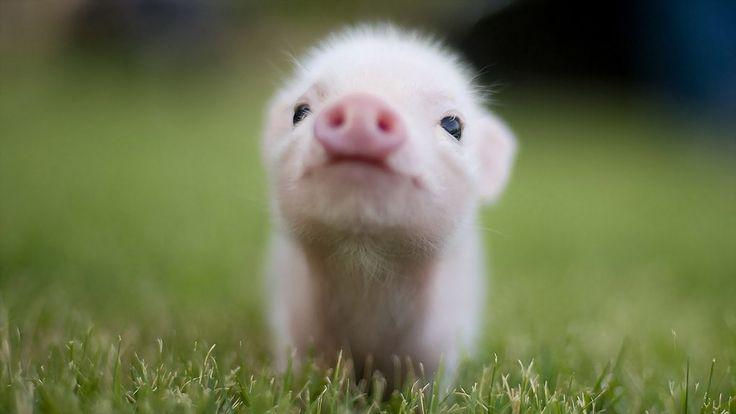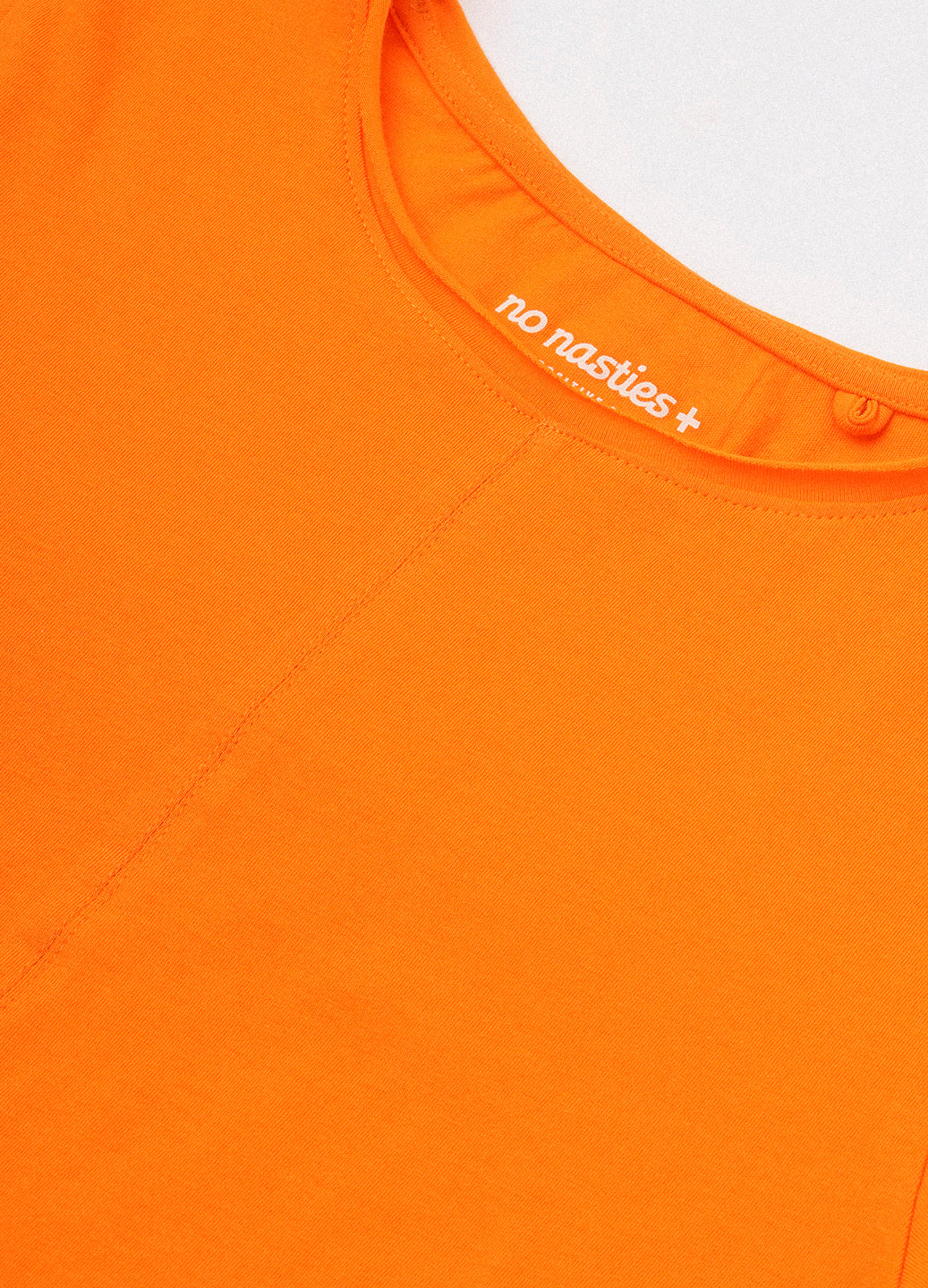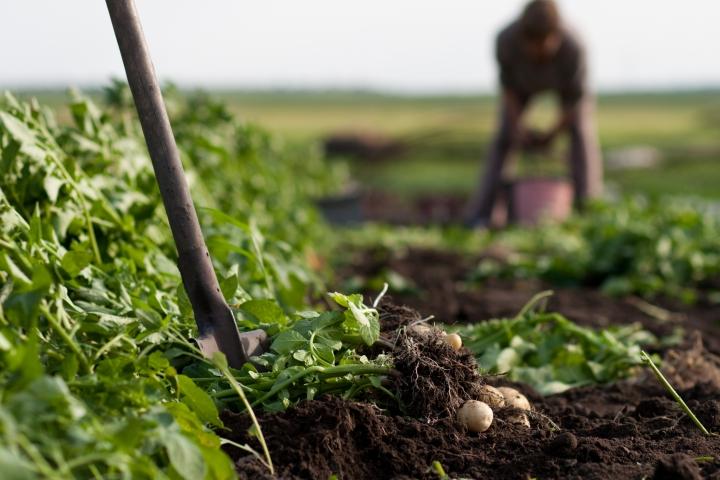There are a multitude of words in the English language that are used incorrectly on a daily basis. Take ‘literally’, for example - it’s a word that means ‘actually’, or ‘without exaggeration’, when in fact it is more often than not used by people (most of these people being teenage girls like me, but I digress) to do just that - exaggerate. There are dozens of words and phrases just like this one that people use daily without knowing the literal (ha!) meaning of.
Let’s unpack this one: organic.
Organic is a word I hear all the time. I hear my dad tell our housekeeper to buy organic eggs, not the ones from this store or that seller. I hear people talking about going to farmers markets in Bandra (in Mumbai) that boast a wide variety of organic produce. And of course, I hear from my uncle and aunt, and now other people hear from me, about No Nasties: the organic clothing brand.
I also hear husbands and wives bickering in the grocery store over, say, which shelf of mushrooms they should pick to take home. It starts with a loud, indignant voice: “Why the hell would I spend this much for a pack of mushrooms when the exact same product is available for half the price, not even a foot away?”
“These are organic! It’s better for you!”
Cue the scramble for both parties to grab the one they prefer and run over to the cash register.
Their cause of confusion is a common one: Why buy something for a far larger sum, simply because the person in charge of packaging it decided to scribble in the word organic?
The answer is that it is not just a word slapped onto the label - there are multiple differences between products that qualify as organic, and products that don’t. These differences begin with the way the materials used to make organic products are grown in farms.

The methods in organic farms are vastly unlike those of most other farms: they don’t use carcinogenic chemicals, toxic pesticides or synthetic fertilizers that harm the air, nearby water bodies, soil, and even the people working on the fields. This prevents the soil from relying on certain chemicals for nutrients, ensuring that it will not need many fertilizers to thrive in the future.
Workers who are often exposed to toxic chemicals can go on to experience various health problems such as issues within reproductive health and cancer. A lot of the people who work on these farms don’t have alternative sources of income though, so they have no choice but to risk this (some may not even know of the health concerns their work may result in).
Not using harmful artificial additives also prevents the chemicals from draining from the soil into any nearby freshwater lakes, rivers or streams, where it could then harm animals or people who drink that water. This is known as ‘fertilizer runoff’ and can also create growths underwater that harm marine life further.
And then, of course, there are the health benefits to the people who use organic food or clothing - no chemical traces within your body or on your skin means that you won’t be facing any risks to your health either!
Another type of fabric commonly used is synthetic fabric, made by humans from petroleum-based components. These fabrics are quite scary when you look into them - they contain chemicals that can irritate sensitive skin, as well as what are known as microplastics - infinitesimal pieces of that one material that cannot be recycled or broken down in compost. These little chunks of plastic are so small that they cannot be detected by filters - so when synthetic fabric is washed, the water with thousands of microplastics now in it, eventually finds its way into oceans, lakes, streams, and rivers. The shards then begin to wreak havoc upon the marine life by hurting fish that ingest them. It doesn’t end there, though - the plastic travels along with the fish through the food chain - larger animals eat the fish and land up with the pieces within their own digestive tracts.
One of the previously mentioned large animals is, of course, seafood eating humans! So because of the materials that manufacturers use to construct synthetic fabrics, a vast array of species, including humans, ironically enough, get tiny shards of plastic floating through their bodies. Organic fabrics, on the other hand, do not use microplastics and are therefore usually a lot more safe in this department.
These are just a few of the reasons why the word ‘organic’ is generally preferred by those who know what it means when they see it on a label. Organic products are often a bit more expensive so that more contributions can be made towards farmers taking the initiative to battle fertilizer, chemical, and pesticide use, but even switching to organic for a handful of items on your grocery list can help support this movement. Companies like No Nasties that guarantee 100% organic, 100% fair trade clothing are the future in safer, healthier fashion.
Buy healthy. Buy happy. Buy organic.

Citations:
Image credit:
- https://www.organicfacts.net/organic-farming-india.html
- Development News
EarthHero Staff. “Why Wear Organic Clothing? | Simply Sustainable.” EarthHero, 2018 EarthHero, 20 June 2017, earthhero.com/why-wear-organic-clothing/.
Read more

Cruelty-free products, animal testing, the dairy industry - here's what No Nasties' latest teenage intern has to say.

Want the lowdown on how our fair trade, organic t-shirts are made? Today we want to show you more about the mill which takes that fluffy cotton and turns out luxurious quality t-shirts – all the wh...








